How Much Do I Charge for Photography (2019)? 5 Steps to Take
You might be new to photography or switching to a new genre of photography when you ask the question: “How much should I charge?” While there’s no single, easy answer, here’s a five-five-step process that might help point you in the right direction for quoting on photography in 2019.
Like many other types of artists, photographers face a major professional challenge when they switch gears from creating art to selling it. The creation process comes naturally to us, but insecurity and lack of real-world selling experience can cause a lot of stress when quoting jobs. When you decide to turn your creative work into a business, many emotions and apprehensions can arise.
“If I price too high, will I come off as arrogant? Should I price myself lower, and risk looking like I’m delivering lower quality.”
What constitutes “high” or “low” prices for photographic work is subjectively variable for every professional and each professional’s market. Many factors cause prices to vary widely. Some photographers shoot for low rates that add up to a few dollars per image; others charge thousands per image.
So where do you begin with pricing? Start with your own market.
1. Do Your Market Research
Since rates vary based on types of work, start your pricing process by researching the specific photography genre you’ll be shooting. Local competitors are a good place to start.
Some photographers display pricing info on their web sites. You can easily review those web sites and comparative prices.
Many photographers list prices outright online, adding a digital “velvet rope” meant to only attract clients willing and able to pay their listed prices. This cuts down on wasted time answering bid requests from low-budget clients who want to talk the price down. The risk in this approach is being undercut by competitors, as well as scaring off clients who don’t see the value of your service until you’ve had chance to engage them.
DIYPhotography.com has been accumulating data for years about specific photography market pricing. Here’s their 2018 infographic report.
2. Figure out the Estimated Value Delivered
This step is essential when working in commercial photography, meaning any jobs where you’re serving another business or company, as opposed to private individuals. But the value consideration can also be applied to non-commercial work.
If you’re creating non-commercial work such as wedding photography or another special event, think of the value delivered on an emotional level. Images that people will cherish for years to come hold a special value. This is partly why wedding photographers charge a decent fee: The importance of a wedding day is enormous and there is no room for a re-shoot. Only qualified professionals can and should take these jobs, and people are willing to pay good money to ensure that the photos come out spectacularly.
Just how much do wedding photographers charge? Rates range from about $100/hr on the extreme low end to $8k a day or more on the high end. Many factors apply.
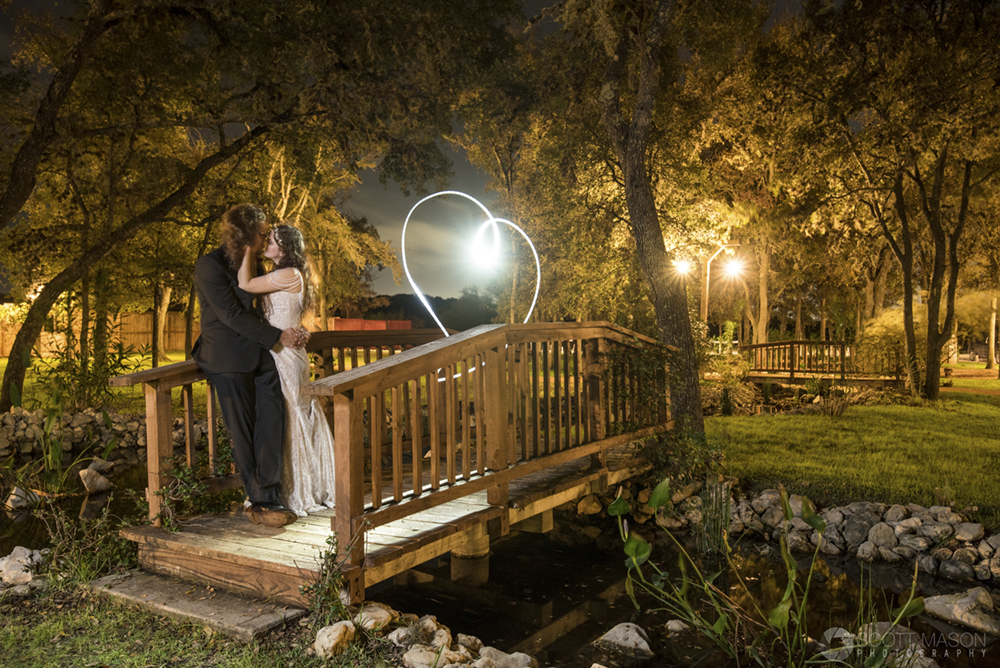
Not everyone has an interest in photographing weddings, though. If you’re working in commercial photography, an appropriate usage license fee needs to be mulled over and calculated. Here are the factors that can go into determining a commercial usage license fee:
Company size: The larger the company, the more usage and profit will be made off the images in marketing campaigns. A local pizzeria can’t benefit as much off a set of images as a major corporation can. The value of photography is much higher to a larger company, or even a smaller company who sells a premium service or product.
Because of this, large companies are accustomed to paying higher prices for more restrictive license fees (as high as tens of thousands of dollars for a single ad campaign).
Usage scope: Many businesses need full usage of images. Other (typically larger) companies understand that every additional application or ad campaign the images are used for will cost them more, as they are receiving additional value from your work. Consider charging less for limited usage (ex: only online and social media) versus unlimited (ex: television, brochure, online).
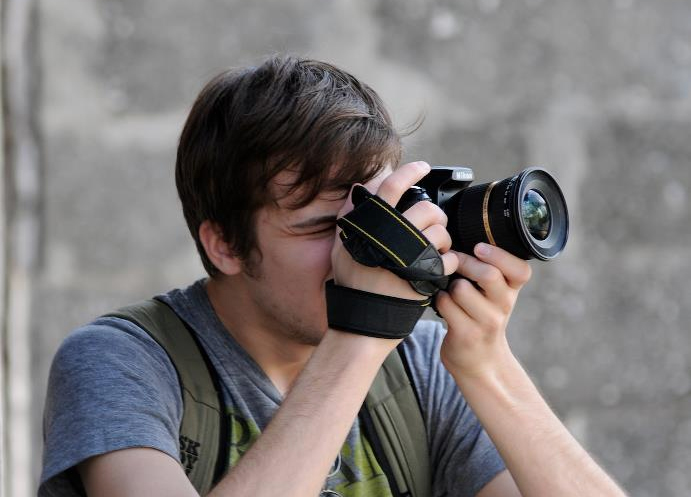
3. Decide on Charging Hourly vs. Per Image
Many people come into the photography world with hourly pay as their only reference for compensation. It’s up to you to decide which pricing makes more sense for the specific type of photography you offer: per image or per hour.
Hourly: My experience suggests that event work should be charged hourly. Event photographs are more dispensable and voluminous, and therefore less likely to be used in ad campaigns. Corporate event work typically produces less value per image than, say, a highly curated advertising photo that took an hour just to set up lighting for.
That’s not to say you shouldn’t charge a fair fee for your time, but the per-hour model just makes more sense for events.
Per image: Since commercial photo shoots (advertising, architecture, etc.) require more time and planning and produce far fewer images per session, a per-image fee works out best in these situations.
Day rates: Day rates are common in commercial photography. They are flat fees for your time on-site at a shoot. If you shoot 20 images throughout the session and the client only orders a few of them, the day rate covers your time spent shooting. The ideal structure is to charge both a day rate (flat fee) with a per-image license on top. If a job is smaller, however, I simply charge per image and try to negotiate a minimum order, typically one requiring the client to order at least three images to cover my time. This way the client doesn’t feel that I’m nickel-and-diming them with a day rate if I’ve only been on site for an hour or two.
One resource I’ve used for baseline licensing costs is the FotoQuote Pro software. While this program gives useful insight into licensing as well as negotiations, the pricing tends to run on the high end – advertising and commercial budgets you typically only see in markets like New York or Los Angeles. Better the software set the bar high rather than low though.
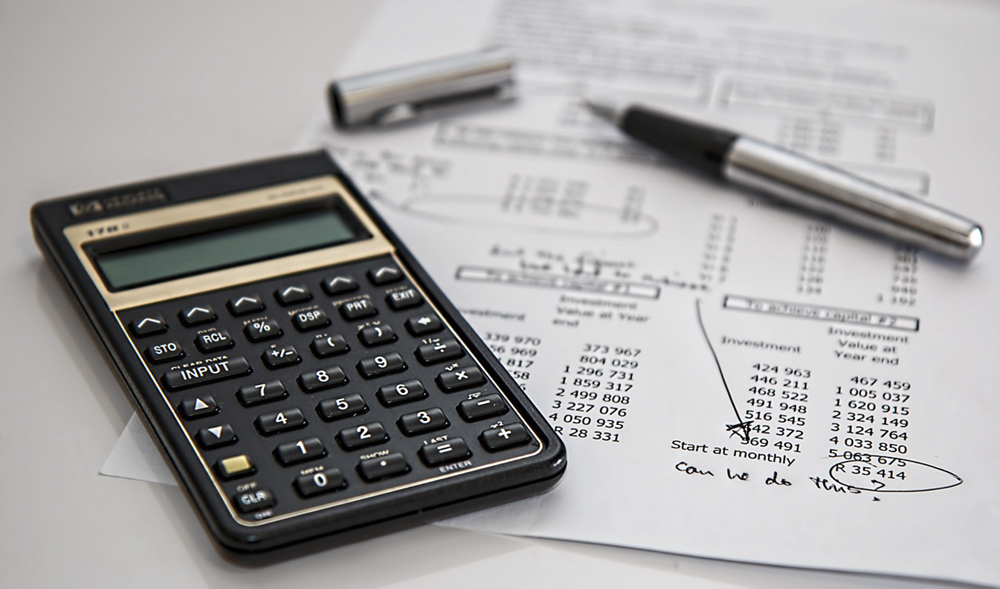
4. Factor All Costs of Doing Business
It’s easy to pull a number out of the air and decide that an arbitrary price “sounds fair enough.” This practice has problems. When going this route, you are likely forgetting about overhead expenses; equipment costs, car depreciation, and taxes, to name just a few constant strains on your bank account. Careful financial planning must be done in order to decide on a price that legitimately covers all your costs and lets you maintain and profit from your business.
Don’t book a $500 dollar half-day shoot with the mindset that you’re making $125/hr. Firstly, you aren’t being paid 40 hours a week as an employed person is. Your work also requires significant editing and travel time, so cut that hourly rate in half or — or less, as I will explain.
Sit down and calculate all your monthly expenses, business and personal. A total expense figure is how much you need just to break even. Now, based on how much you plan to charge, use some simple math to determine how many sessions / sales you need to work, and at what rate, in order to make a reasonable profit.
Let’s say your family’s monthly expenses (business and personal) total $3,200. If you are set on charging $800 for a half-day of event photography, you will need to book one event of this size per week just in order to break even. That sounds doable, but don’t forget about taxes, which are especially tough on us self-employed persons. Considering taxes, you will actually need to consistently book five such events per month just to break even.
The market is competitive and keeping clients takes a lot of effort. Many gigs offered to you will be small, not full days. You’ll also have unexpected expenses pop up.
If you want any extra spending or savings money, you’ll need to price your work above your break-even point.
If you want any extra spending or savings money, you’ll need to calculate above our break-even point.
Keep in mind that if things don’t go as planned and you aren’t as busy as you expected, you will need some combination of cutting expenses, marketing yourself more successfully, and changing your price.
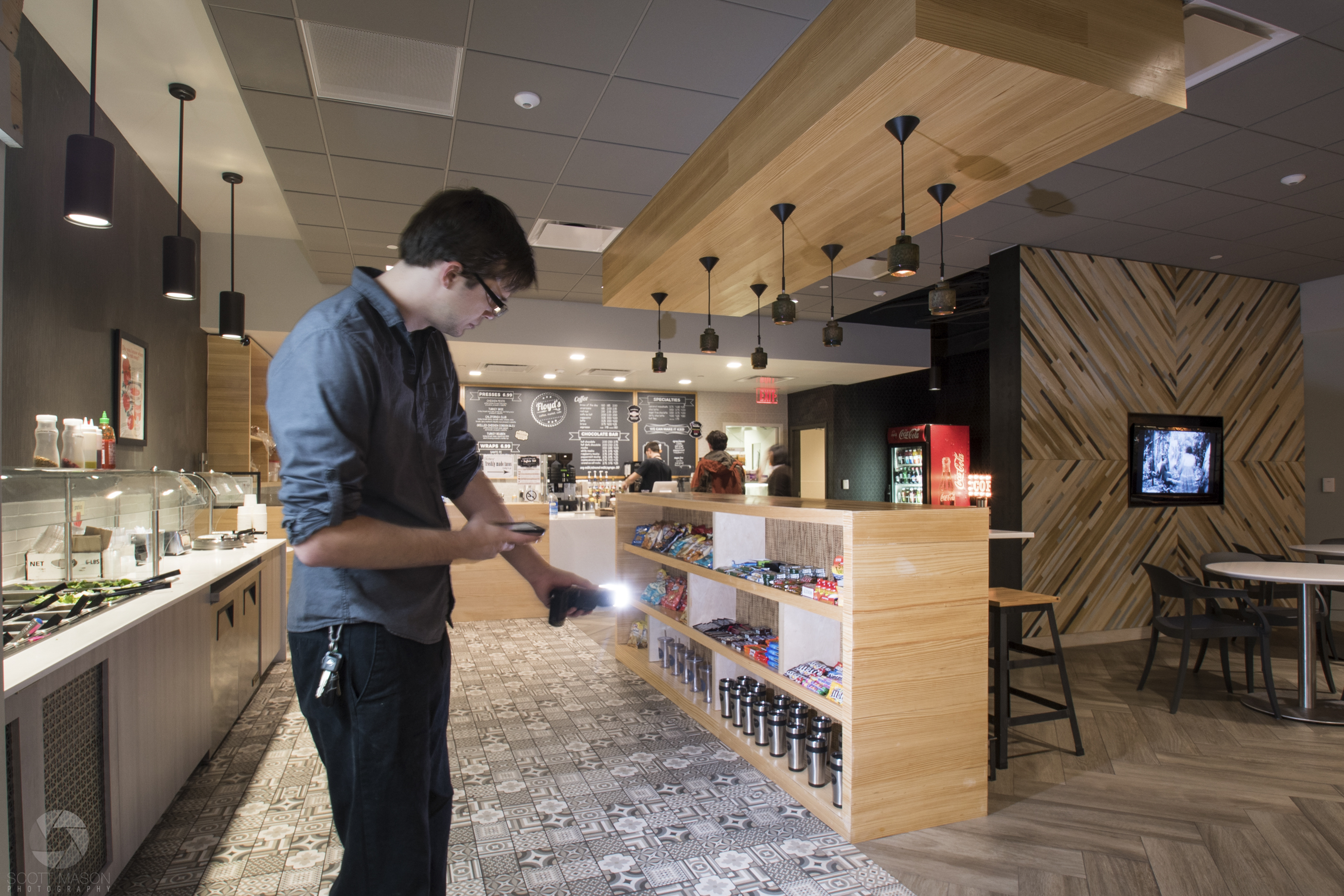
5. Using Trial And Error
You might start out with a pricing structure that initially seems fair and profitable. But this structure might change over time as you learn how the market works.
If you set your prices high and realize you’ve priced yourself out of too many jobs, you might need to lower your prices or figure out a better marketing strategy. After you’re back on track and getting more work, demand and overhead both inevitably become higher. You can then consider slowly increasing your prices over time.
When you’re starting out, pricing is a challenge involving confidence and experience. Take these five steps into consideration and — if you’ve done your homework — you will eventually be satisfied with the prices you charge. So will your clients.
Tip: To simplify things, it helps to keep a pricing sheet for the most common work you do. Of course, you can always update this sheet.
What other factors have you found that help in determining pricing for photographers? Please share them in the comments section below.
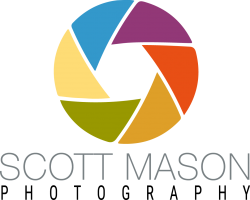


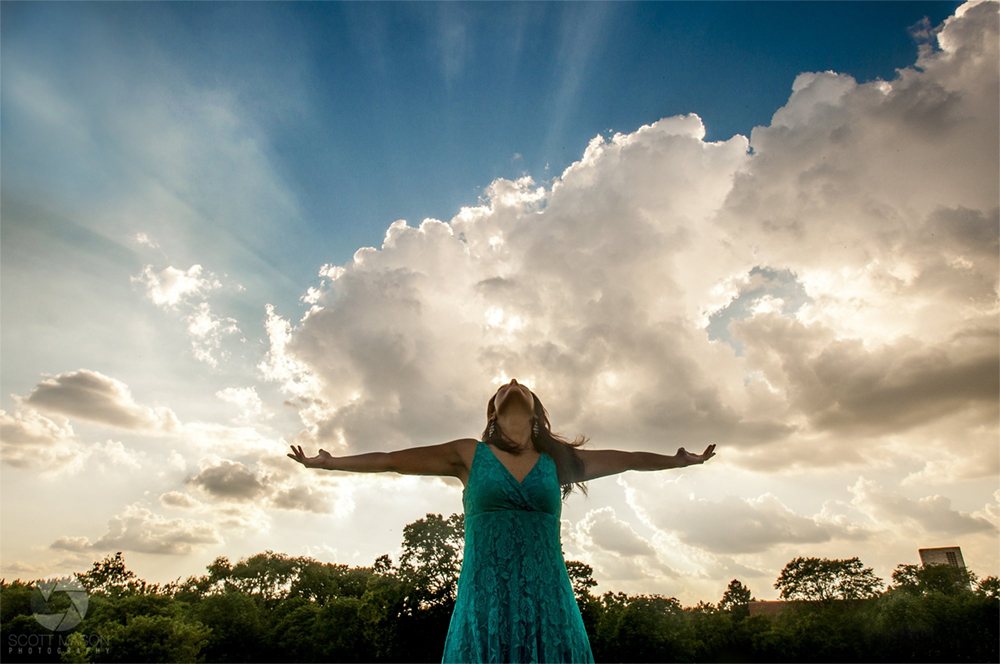
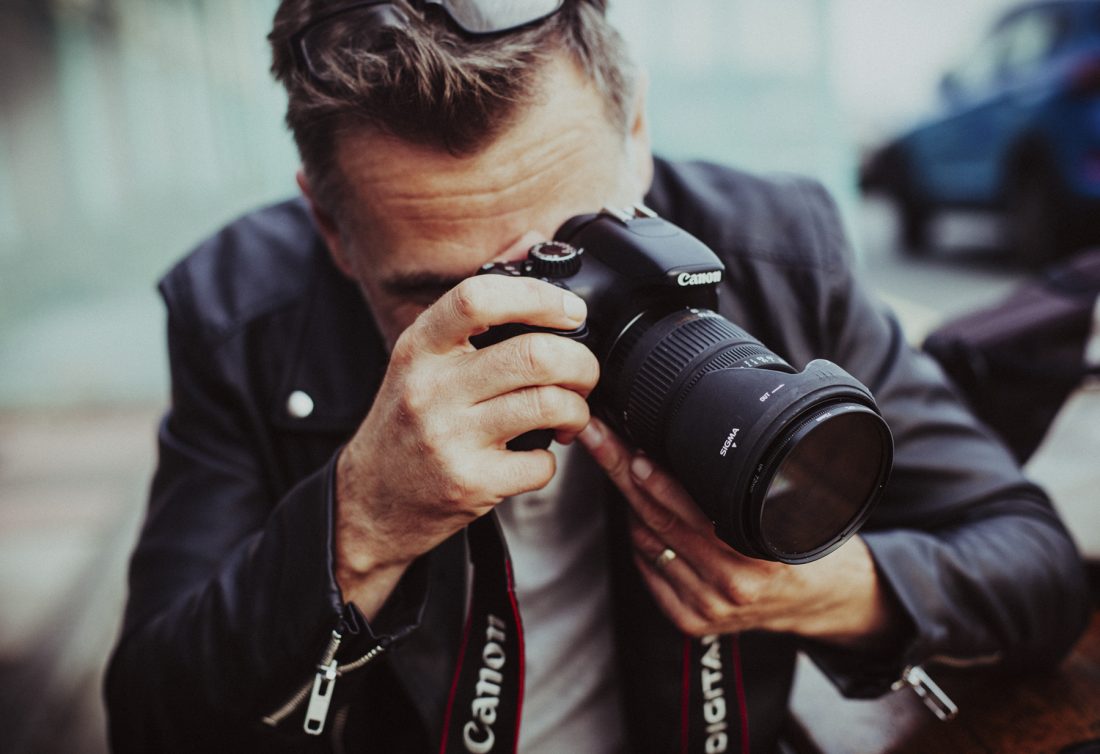
Should You Buy a Mirrorless or DSLR Camera in 2019? | Architecture & Real Estate Photography - Scott Mason / 15 May 2019 5:23
[…] How Much Do I Charge for Photography (2019)? 5 Steps to Take […]